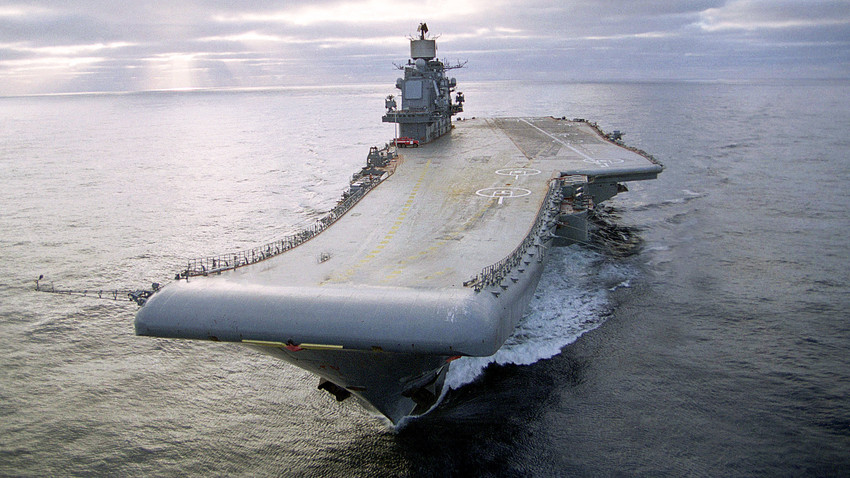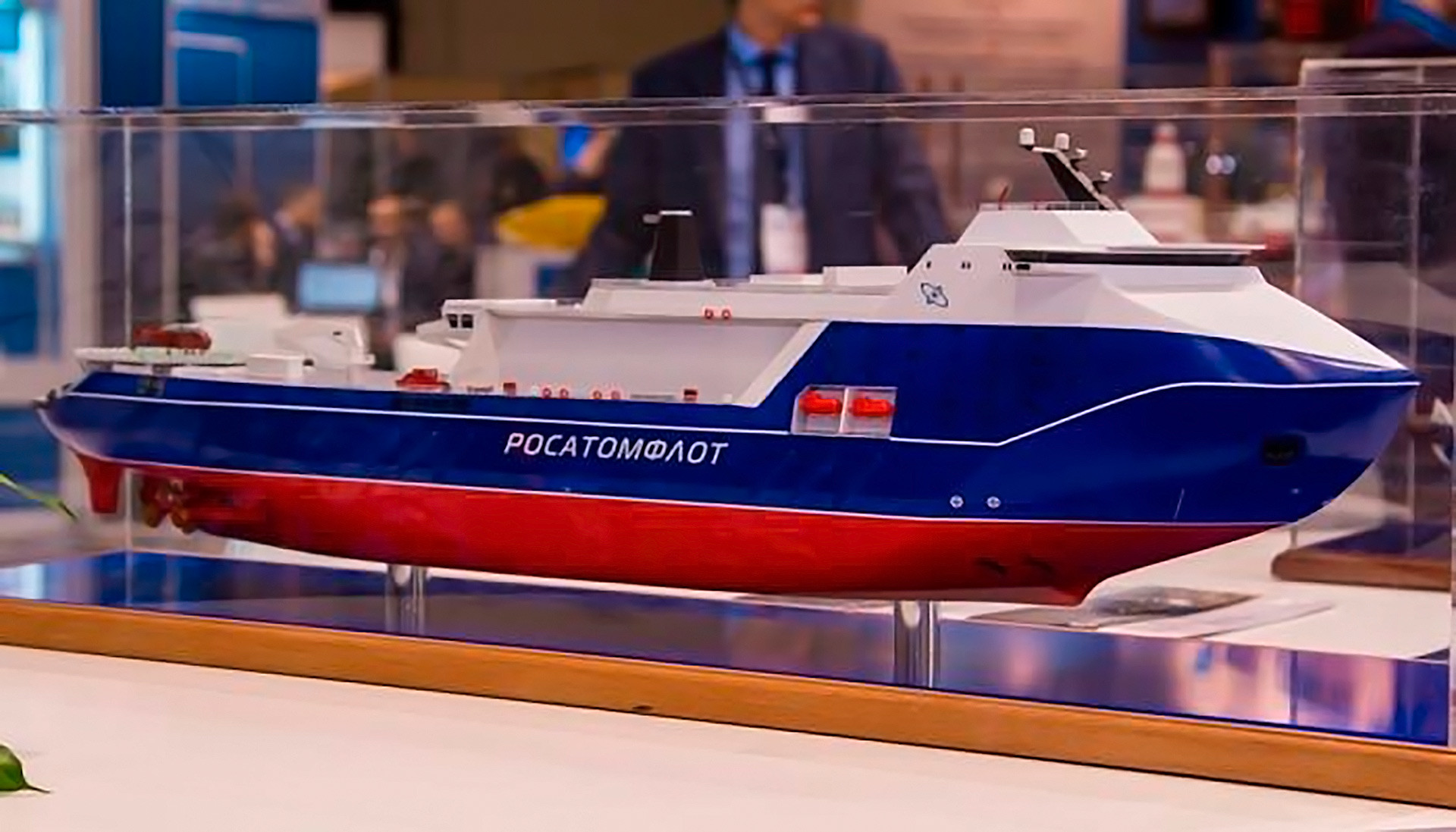What major ships might be added to Russia’s fleet in next 10 to 15 years?

Each new Russian aircraft carrier will be defended by a whole squadron of battleships and submarines.
Igor Babenko/TASSIn a couple of months, the Russian Defense Ministry will work out the final version of the country’s arms procurement program for 2018 to 2025.
One of the key goals of Russia’s policy is reaching parity with NATO forces in the world’s oceans, as well as securing its interests in the Arctic.
Russia plans to increase the Navy’s fleet. But for now, realizing this is some way off.
“What Russia needs is four air-carriers, one for each fleet armada, and a number of battleships alongside submarines that will defend them. That’s an ideal situation, but the economic reality doesn’t allow us to turn such ambitious plans into a reality,” Dmitry Litovkin, a military analyst at Izvestia newspaper, told Russia Beyond.
Still, there’s a couple of big projects in the pipeline which
‘Lider’ - a new era nuclear-powered icebreaker

It’s one of the big money projects to replace the Soviet era icebreakers currently in service in the Russian fleet. The new one will have a speed of 14 knots (about 24 km/h) and be able to break ice up to 4.4 m thick.
ФГУП " РОСАТОМФЛОТ "“The Arctic is key for the future of not only Russia’s
According to him, one of the main projects for the economic development of Russia’s part of the Arctic is the construction of the new nuclear-powered icebreaker: LK-110Ya “Lider” (Leader).
It’s one of the big money projects to replace the Soviet era icebreakers currently in service in the Russian fleet. The new one will have a speed of 14 knots (about 24 km/h) and be able to break ice up to 4.4 m thick. This will be possible thanks to its two nuclear-powered engines and enforced bow made of composite materials.
“It will be a path cleaner for trade vessels, and passenger and military ships. The passage cut through the ice will be around 50 m wide,” Litovkin added.
The ship will also displace between 80,000 and 120,000 tons of water. What’s more, it will serve as a rescue ship in operations in the Northeast Passage.
Floating air bases for the Russian Fleet

“Storm” will be built according to the classic air-carrier canons - there will be no additional weapons on deck, apart from fighter jets and bombers. The ship will be guided and defended like all 19 American aircraft carriers - with an entire squadron of battleships and submarines.
Artem TkachenkoOne of the most highly anticipated and widely discussed Russian ships is the “Storm” air-carrier. It’s set to be one of largest floating air bases in the world.
“Storm” will be built according to the classic air-carrier canons - there will be no additional weapons on deck, apart from fighter jets and bombers. The ship will be guided and defended like all 19 American aircraft carriers - with an entire squadron of battleships and submarines.
Also, two RITM-200 nuclear engines will help “Storm” accelerate to 30 knots (30 mph or 55 km/h). The ship's overall displacement will be 100,000 tons and its draft - 11 m. The ship's crew will consist of about 4,000 people.
Besides money issues, the manufacturers have to create fighters which can be used on this ship. There are several potential candidates which could be adapted to be used for naval aviation.
The Su-57
If using any of Russia Beyond's content, partly or in full, always provide an active hyperlink to the original material.
Subscribe
to our newsletter!
Get the week's best stories straight to your inbox